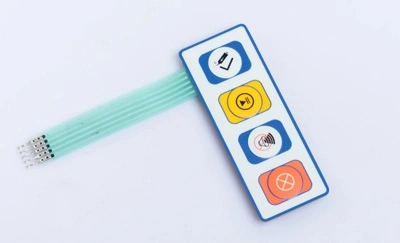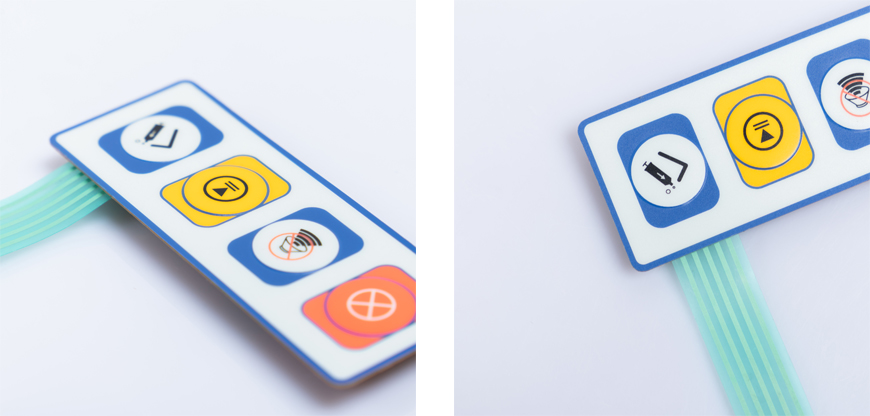
In the world of electronic devices, membrane switches play a crucial role. They are the silent heroes behind our everyday interactions with various gadgets, from microwave ovens to remote controls. Have you ever wondered how these essential components are made? In this article, we will delve into the intricate process of manufacturing membrane switches, uncovering the technology and techniques that bring them to life.

Before we dive into the manufacturing process, let's understand what membrane switches are and why they are essential in the electronics industry.
What Are Membrane Switches?
Membrane switches are thin, flexible electrical switches used to control various functions in electronic devices. They are commonly found on control panels, keypads, and touchscreens. Unlike traditional mechanical switches, membrane switches rely on pressure-sensitive conductive materials to make electrical contact.
Why Are Membrane Switches Important?
Membrane switches offer several advantages, such as being cost-effective, durable, and resistant to environmental factors like dust and moisture. These qualities make them a preferred choice for many applications.
Now that we have a basic understanding of membrane switches, let's explore the step-by-step process of how they are made.
1. Design and Prototyping
The first stage in manufacturing a membrane switch involves designing the switch layout and functionality. Engineers create a prototype to ensure the switch meets the intended requirements and functions correctly.
2. Materials Selection
Choosing the right materials is crucial for the switch's performance. Manufacturers typically use polyester or polycarbonate for the top layer, with conductive inks or metal domes for the switch's conductive elements.
3. Printing Circuitry
In this step, conductive traces are printed onto the substrate using screen printing or digital printing techniques. These traces will carry electrical signals when pressure is applied to the switch.
4. Overlay Layer
The top layer of the membrane switch, known as the overlay, is printed with graphics and labels for user interface. This layer also protects the conductive traces beneath.
5. Spacer Layer
A spacer layer is added to create separation between the top and bottom layers. It ensures that the switch remains open until pressure is applied.
6. Bottom Layer
The bottom layer of the membrane switch contains adhesive and circuitry that connects to the device's electronics. It also provides structural support.
7. Assembly
All the layers are carefully assembled, with the conductive elements aligned precisely. The layers are then bonded together using heat and pressure.
8. Quality Control
Each membrane switch undergoes rigorous testing to ensure it functions correctly and meets quality standards. This includes checking for electrical continuity, actuation force, and durability.
9. Backlighting (Optional)
Some membrane switches include backlighting for enhanced visibility in low-light conditions. This step involves adding LEDs or EL panels.
10. Customization
Manufacturers can customize membrane switches with features like tactile feedback, embossed buttons, or antimicrobial coatings, depending on the application.
In conclusion, membrane switches are integral components of many electronic devices, offering versatility and reliability. The manufacturing process involves precise engineering, material selection, and quality control to ensure these switches perform flawlessly in various applications.
If you've ever wondered how the buttons on your microwave or TV remote work, now you know the intricate process behind them. Membrane switches are a testament to human ingenuity in creating technology that simplifies our daily lives.
1. Are membrane switches durable?
Yes, membrane switches are known for their durability, as they are resistant to dust, moisture, and wear and tear.
2. Can membrane switches be customized?
Absolutely! Manufacturers can customize membrane switches to meet specific design and functionality requirements.
3. What industries commonly use membrane switches?
Membrane switches find applications in various industries, including medical devices, automotive, aerospace, and consumer electronics.
4. How do membrane switches compare to traditional mechanical switches?
Membrane switches are generally more cost-effective and offer a sleeker design compared to bulky mechanical switches.
5. Are membrane switches easy to clean?
Yes, membrane switches are easy to clean due to their smooth, non-porous surfaces. They can be wiped down with a damp cloth without causing damage.